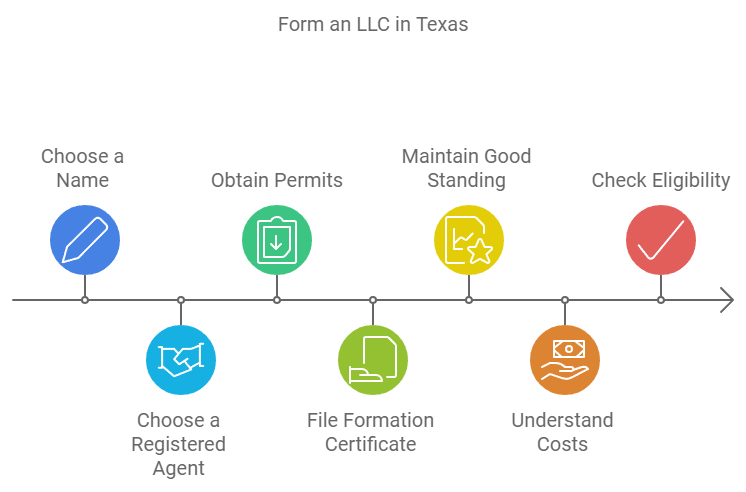As mobile traffic has become dominant across the internet, optimizing your WordPress website template for mobile devices is essential for improving user experience and search rankings. Here’s how to make your WordPress website template mobile-friendly, ensuring it works seamlessly on smartphones and tablets. This guide will cover key practices, tools, and optimizations to create a responsive, high-performing site that appeals to mobile users.
1. Choose a Responsive Design
One of the foundational steps in creating a mobile-friendly website is selecting a responsive WordPress website template. A responsive template automatically adjusts and adapts the layout to fit different screen sizes, from large desktops to small smartphone screens. This eliminates the need for separate desktop and mobile versions of the website, ensuring a consistent look and functionality across devices. For e-commerce sites, using a responsive template can provide a smoother experience, making it easier for users to browse and shop on mobile devices.2. Optimize Images for Mobile
Large images can slow down your website significantly on mobile, where data and loading speeds are more limited. To optimize images for mobile:- Compress images: Use tools like TinyPNG or the Smush plugin to reduce file size without compromising quality.
- Use the right format: JPEGs are usually better for photographs, while PNGs work well for images with transparency. WebP is a modern, lightweight format that offers excellent compression.
- Set responsive image sizes: WordPress has built-in support for responsive images, which automatically load the appropriate image size for each device, reducing unnecessary data load.
3. Implement Mobile-Friendly Fonts and Text Sizes
Readability is a critical factor on smaller screens. Follow these tips to ensure text is easy to read on mobile:- Increase font size: Set body text to at least 16px to improve readability.
- Use legible fonts: Stick to clear, simple fonts that are easy to read on mobile screens.
- Line spacing and padding: Add sufficient spacing between lines, paragraphs, and buttons to prevent accidental clicks.
4. Simplify Navigation for Mobile
Navigating on a mobile device can be tricky, so it’s crucial to adapt your WordPress website template to provide a straightforward, user-friendly navigation experience. Consider implementing:- A sticky header or navigation bar: This keeps essential navigation elements accessible even when scrolling.
- Hamburger menus: These are compact and commonly used on mobile websites to save space and provide easy access to the main navigation.
- Clear CTAs (Calls-to-Action): Place your CTAs within easy reach of users’ thumbs, making it simple for visitors to take action on your website.
5. Enable Touch-Friendly Elements
Mobile users interact with websites using touchscreens, so your website’s buttons, forms, and other elements should be touch-friendly. Ensure that:- Buttons are adequately sized: Make buttons large enough (at least 44×44 pixels) for easy tapping, as small buttons can lead to accidental clicks or frustrate users.
- Forms are optimized: Use input types suited for mobile, such as numeric keyboards for phone number fields, to enhance the user experience and reduce friction.
- Avoid pop-ups: Pop-ups can be challenging to close on mobile and are disliked by users. If you must use them, make sure they’re easily dismissible and don’t block essential content.
6. Improve Page Speed
Page speed is a significant factor for mobile users, as slow-loading pages lead to high bounce rates. Google also considers page speed in its mobile rankings, so optimizing your WordPress website template’s speed is vital. Some ways to enhance mobile page speed include:- Minifying CSS, JavaScript, and HTML: This reduces file sizes and speeds up page loading.
- Using a content delivery network (CDN): CDNs distribute your website’s files across multiple servers worldwide, reducing the distance data must travel to reach mobile users.
- Lazy loading images and videos: Load media content only when it becomes visible on the screen, reducing the initial load time.
7. Test Your Website for Mobile Friendliness
After making changes, it’s essential to test your WordPress website template for mobile-friendliness. Google’s Mobile-Friendly Test is a useful tool that can identify issues with your website’s responsiveness. Regularly test your site on different devices and browsers to ensure consistency in appearance and functionality.- Analyze mobile performance: Use tools like Google Analytics and Search Console to monitor mobile traffic, bounce rates, and user behavior.
- Collect user feedback: You can implement feedback forms or surveys to understand what mobile users think of your site’s design and usability.











6 Comments
Your blog has become my go-to source for positive and uplifting content Thank you for consistently delivering high-quality posts
This is one of my go-to blogs for inspiration Whether it’s fashion, travel, or self-improvement, you cover it all flawlessly
I am so grateful for the community that this blog has created It’s a place where I feel encouraged and supported
You have a way of making each of your readers feel seen and heard That’s a special quality that not all bloggers possess Thank you for creating a safe space for us
This blog is such a hidden gem I stumbled upon it by chance and now I’m completely hooked!
I am extremely inspired with your writing talents as smartly as with the format for your blog. Is that this a paid topic or did you customize it your self? Either way keep up the excellent quality writing, it’s uncommon to see a nice weblog like this one nowadays!